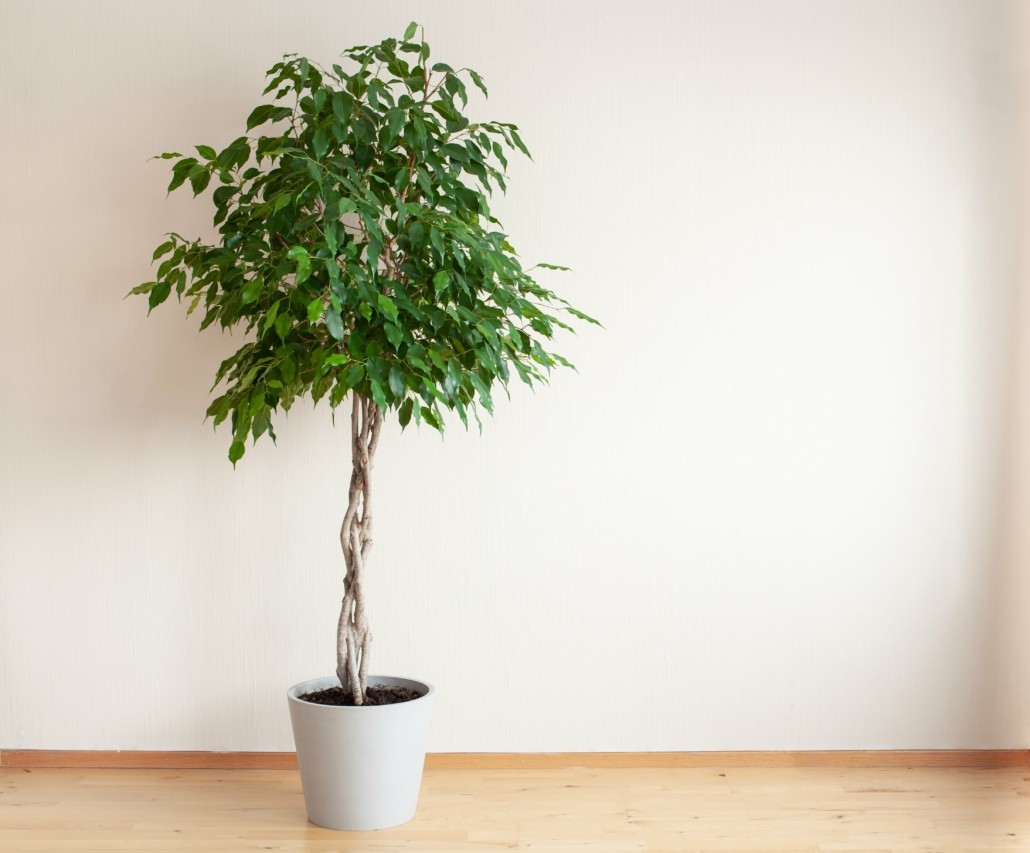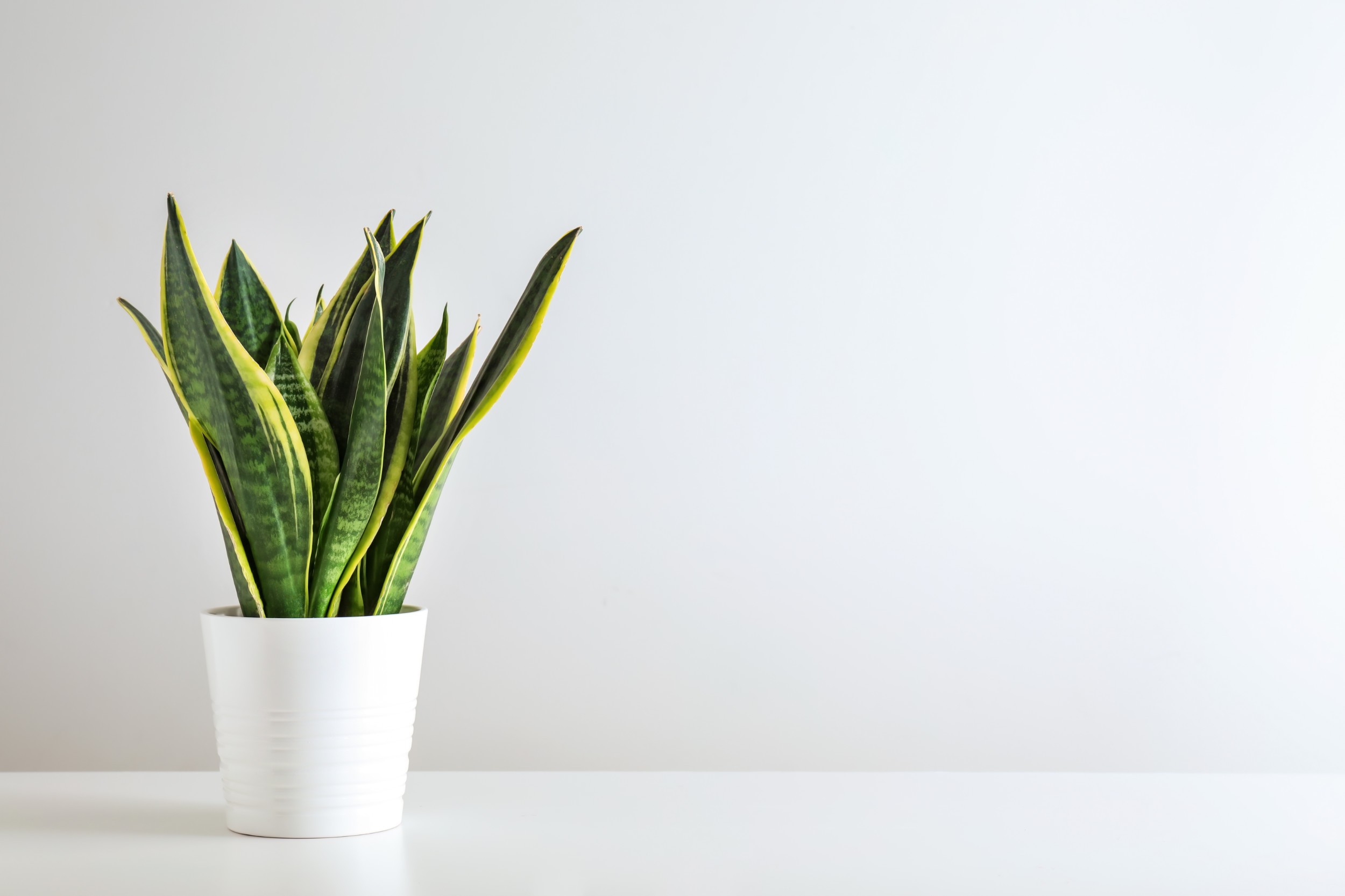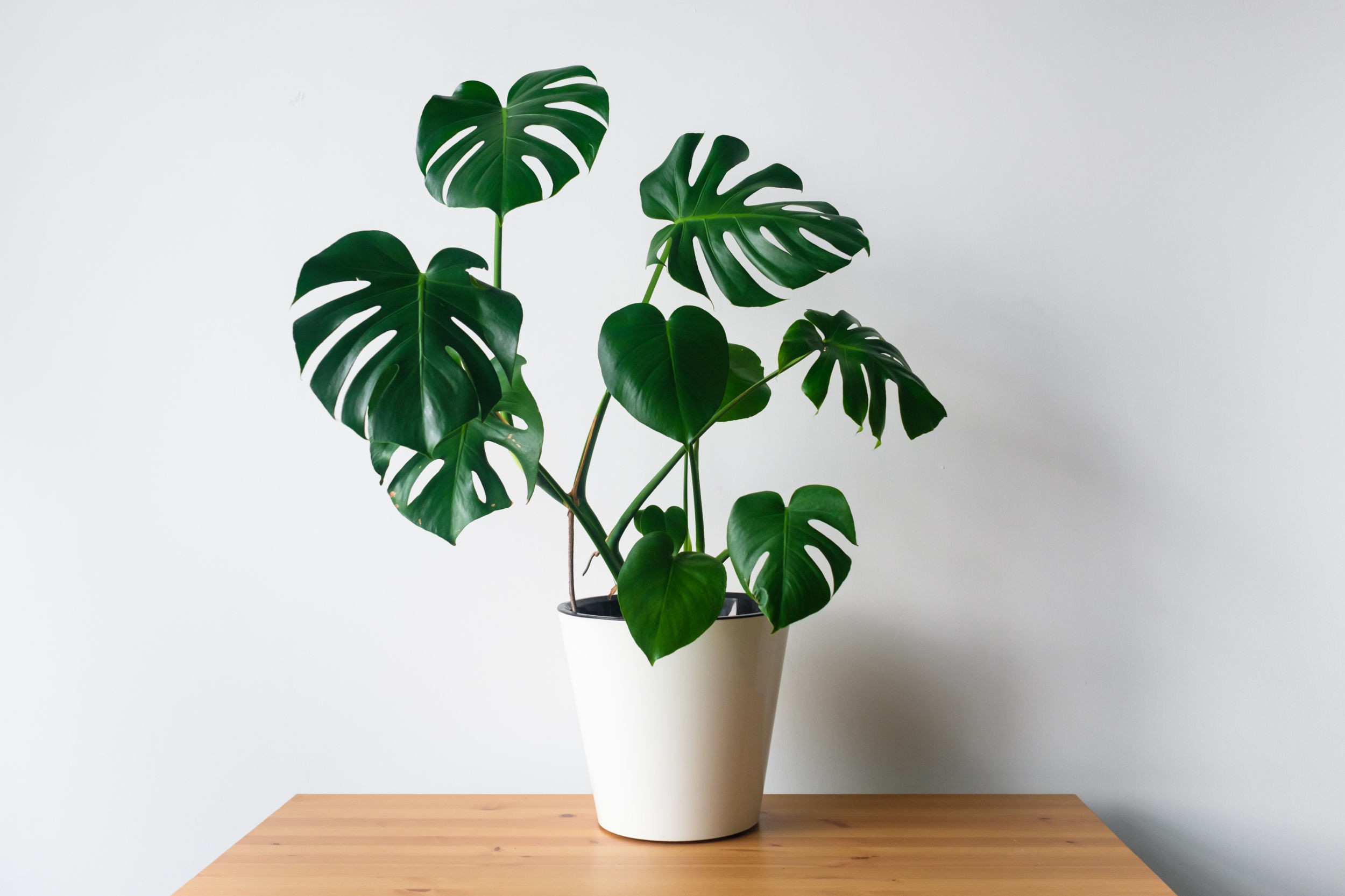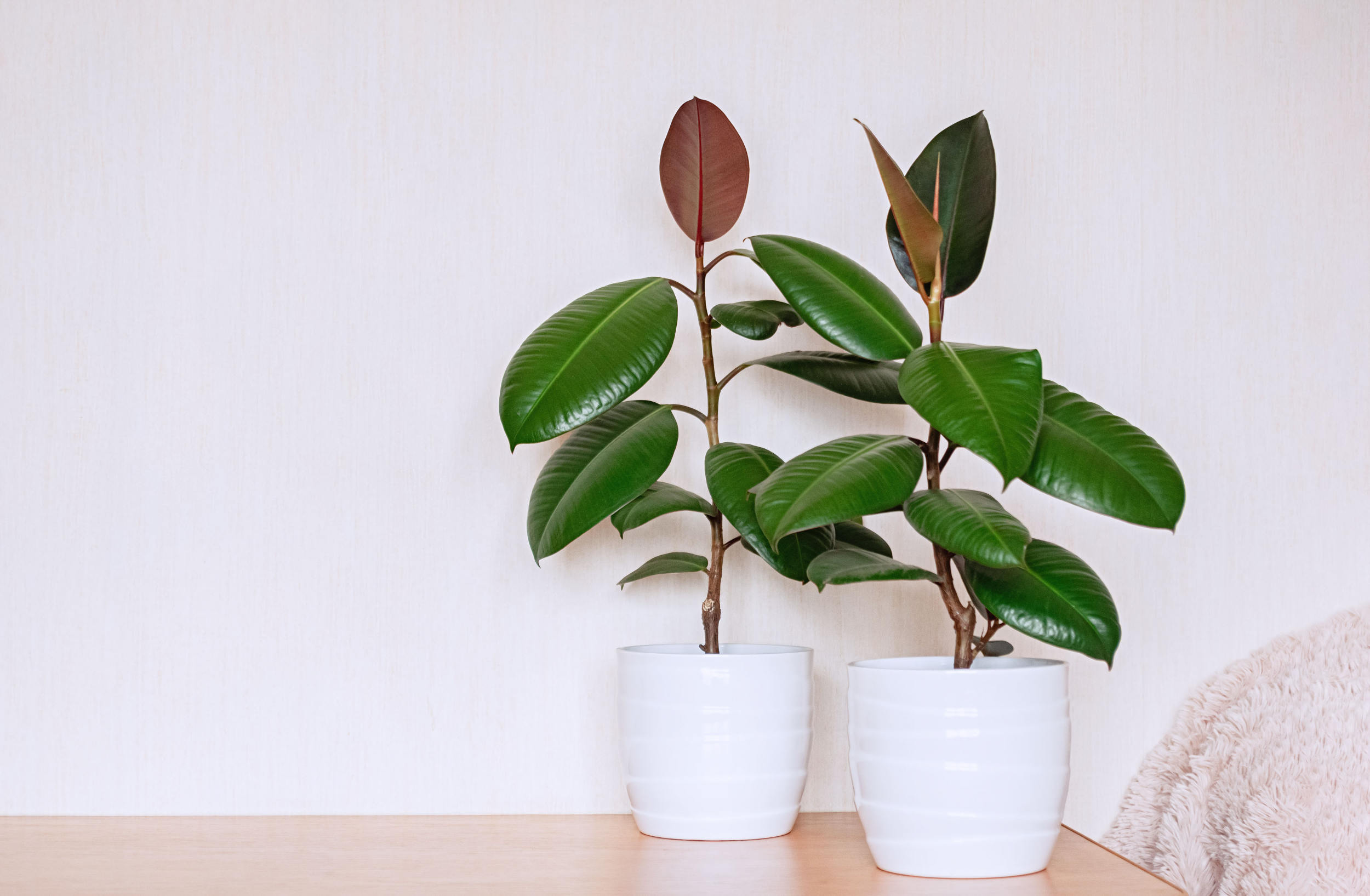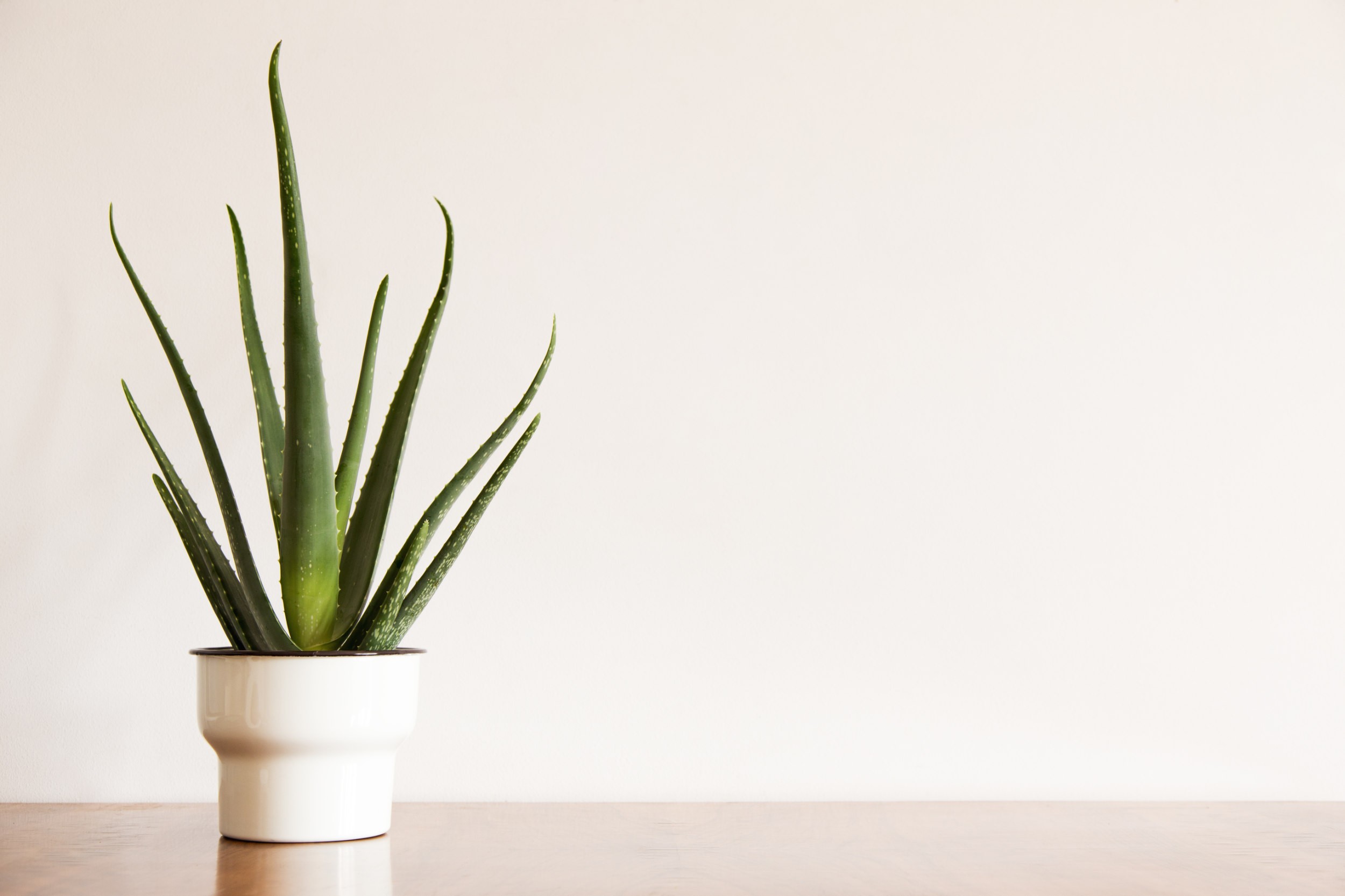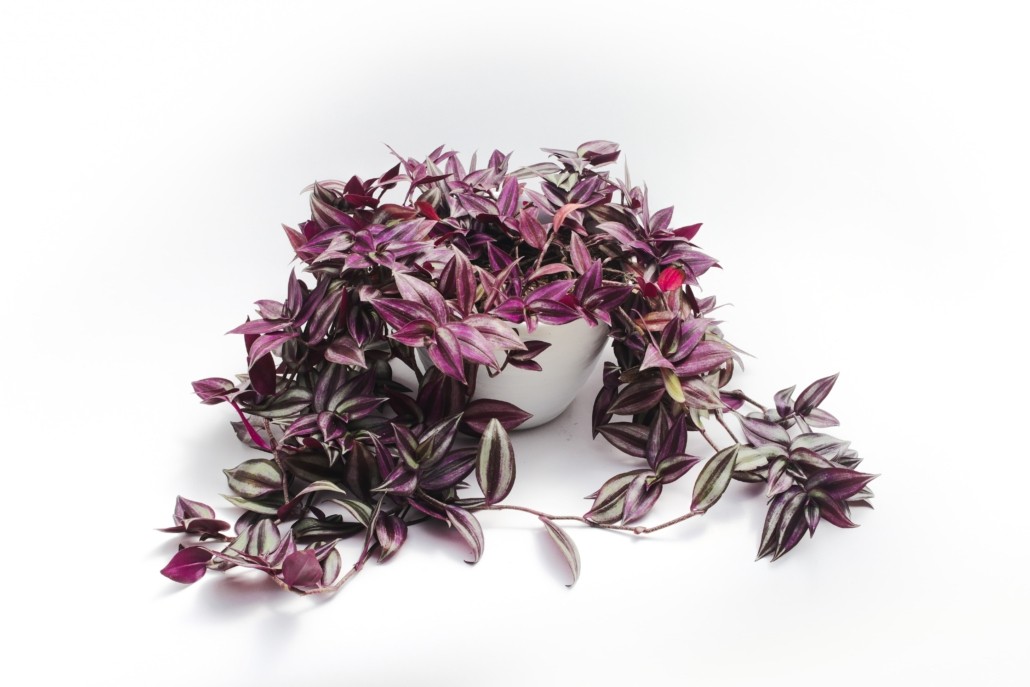Low-maintenance plants: 11 easy indoor plants
Written by: Kerstin Lakits, May 11, 2023
One or two plants will liven up your (STUWO) student apartment. A little bit of added green will not only be a lovely decoration, but also provide clean and fresh air at all times. During exam periods or vacation, it might happen that you forget about your plant babies and they have to survive without water. However, that is not going to be a problem because these low maintenance indoor plants are easy to handle. Here are the 11 best indoor plants for your student apartment!
Table of Contents:
- Advantages of indoor plants
- Easy care tall indoor plants: Large house plants as eye-catcher
- Low light indoor plants: Large house plants that don’t need (much) light
- Small house plants: Easy care green indoor plants for decorative finishing
- Easy care hanging indoor plants: Climbing indoor plants for your room
- Plant purchase tips: which houseplant suits me?
- Location factors: the proper placement of houseplants
- House plant care tips: how to make your indoor plants happy
- Warning signals: signs your house plant isn’t healthy
- How to propagate your houseplants


